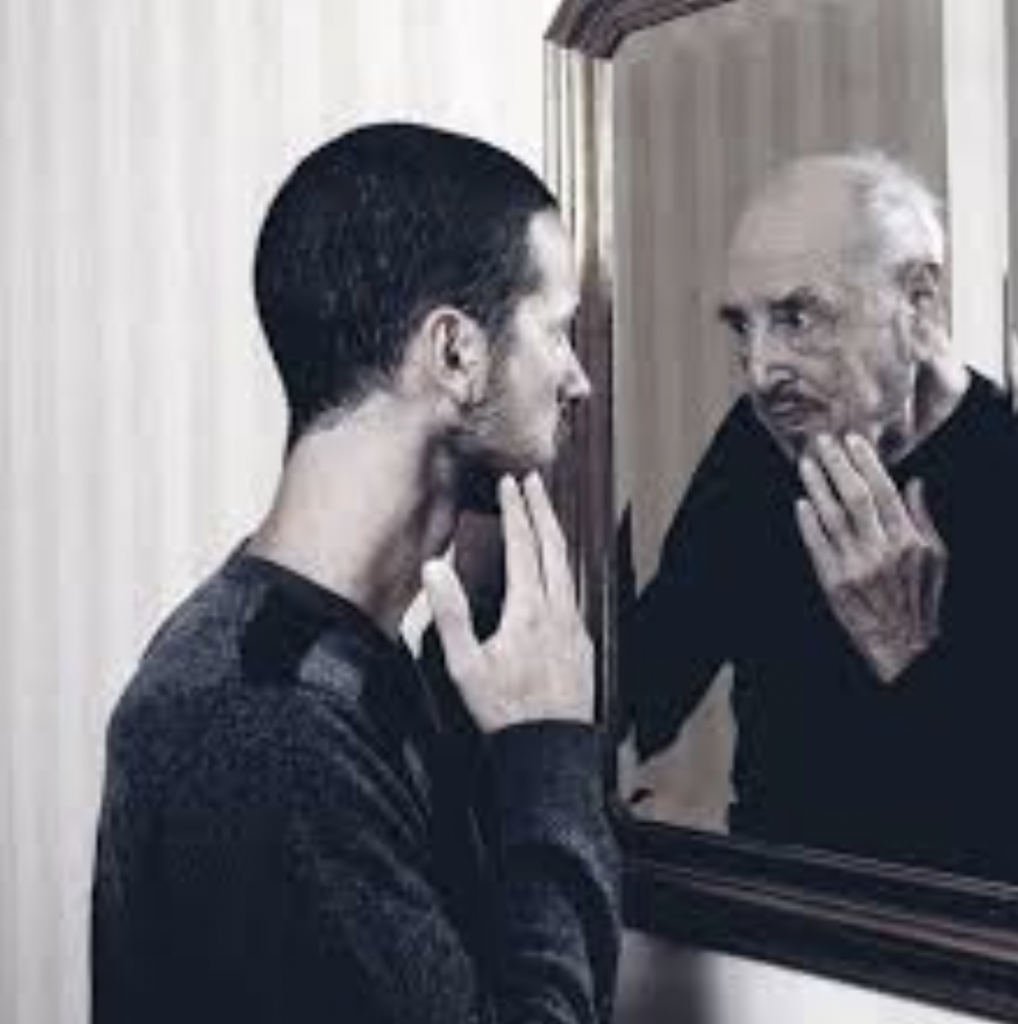We have all heard it before about how growing old sucks and the body breaks down. If I had a penny for every time someone had told me ‘once you hit 30 you just don’t recover like you used to’ then I suppose I would have a lot of pennies. Well trust me, the pain of age starts from much earlier than 30 years old!
I am referring to growing pains. Those sore heels, sore knees and joints that are reacting to the body’s development and progression and really restricting a youngster’s ability to muck around with their mates or play in competitive sport. Unfortunately, these pains tend to strike us down when we are at our most active, meaning those younger pre-teen and early teen years where people are playing 3-4 different sports, trying to figure out which one they are going to be a professional superstar at later in life.
What I wanted to discuss is the best general management for growing pains and how you can identify them from other nastier injuries.
Below are two really common growing pain diagnosis:
-
Severs Disease – Pain in the back of the heel, affecting running/jumping athletes. This is where the growth plate on the calcaneus begins to fuse but the tension from the Achilles tendon creates some stress, resulting in pain.
-
Osgood Schlatter’s Disease – Pain in the front of the knee/top of the shin where the tendon from the knee cap attaches. Multifactorial injury where growing bones and muscles as well as stress from the tendon pulling onto a growth plate causes inflammation and pain. Really affecting high impact landing/jumping sports and cycling/running.
For both of these presentations there a few simple things that you can do to manage the pain.
Here are my 4 big tips:
1. Ice:
The use of ice is really helpful in these injuries to de-sensitise the tissues which are being affected which will reduce the pain response. Some anti-inflammatory affects may also result from the ice. I recommend use of an ice pack during and after any sports.
2. Manage Load:
The repetitive trauma to these areas causes more and more pain, so it is important that where possible the individual affected cuts out unnecessary activity. This means that if the goal is to play netball on the weekend, limit the long training sessions during the week or take a break from the social volleyball game.
3. See a Physio/Podiatrist:
These professions are really good at analysing movement patterns and the biomechanics of a person’ legs to see where there are any weaknesses or potential for improvement. Quite often children with these injuries have various biomechanical deficiencies and can improve much more rapidly with some exercises and strategies to address these.
4. Allow Time:
Unfortunately, these injuries do not heal and fix themselves overnight so you are required to be patient with the body and allow it to grow, fuse up the growth plates and respond to any exercises and strategies that you implement. Quite often these injuries can linger for anywhere between 12-18 months.
Growing old is not a fun process, whether that is at 80 years, 30 years or 12 years of age. As the body adapts to various physiological process’ so must our mindset towards exercise and activity. So if you are suspecting that someone you know has these types of pain, give my advice a go!


